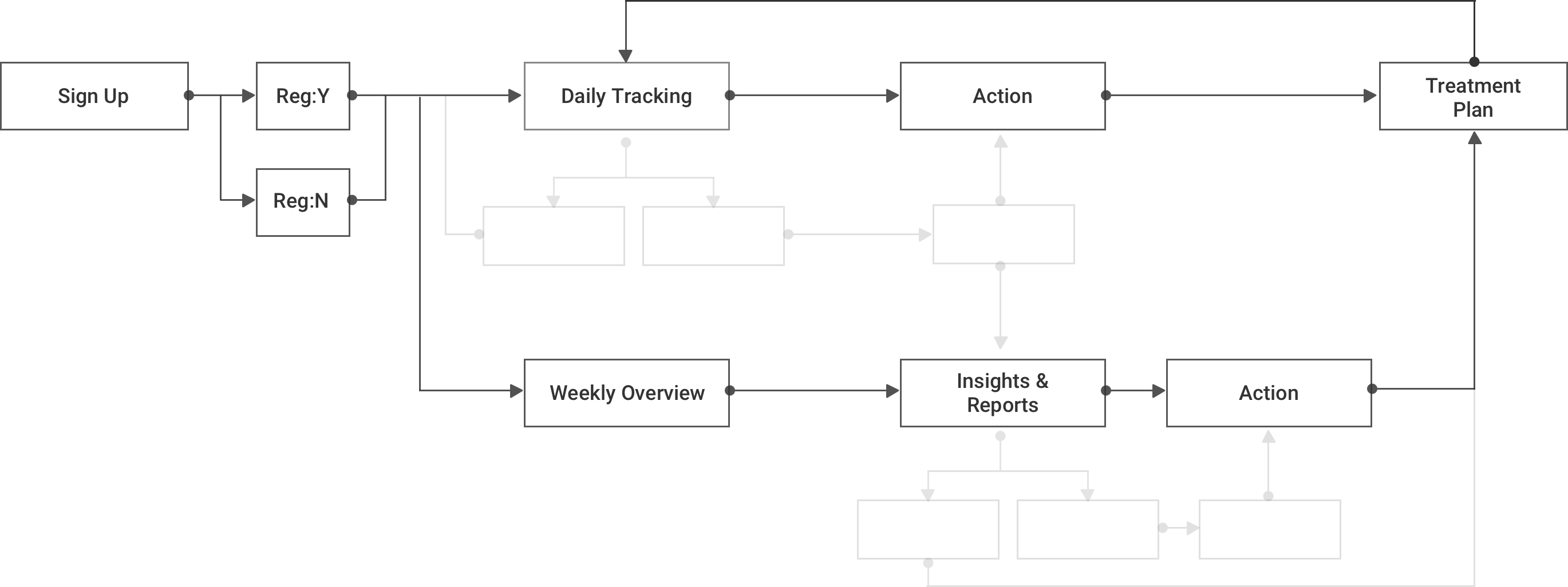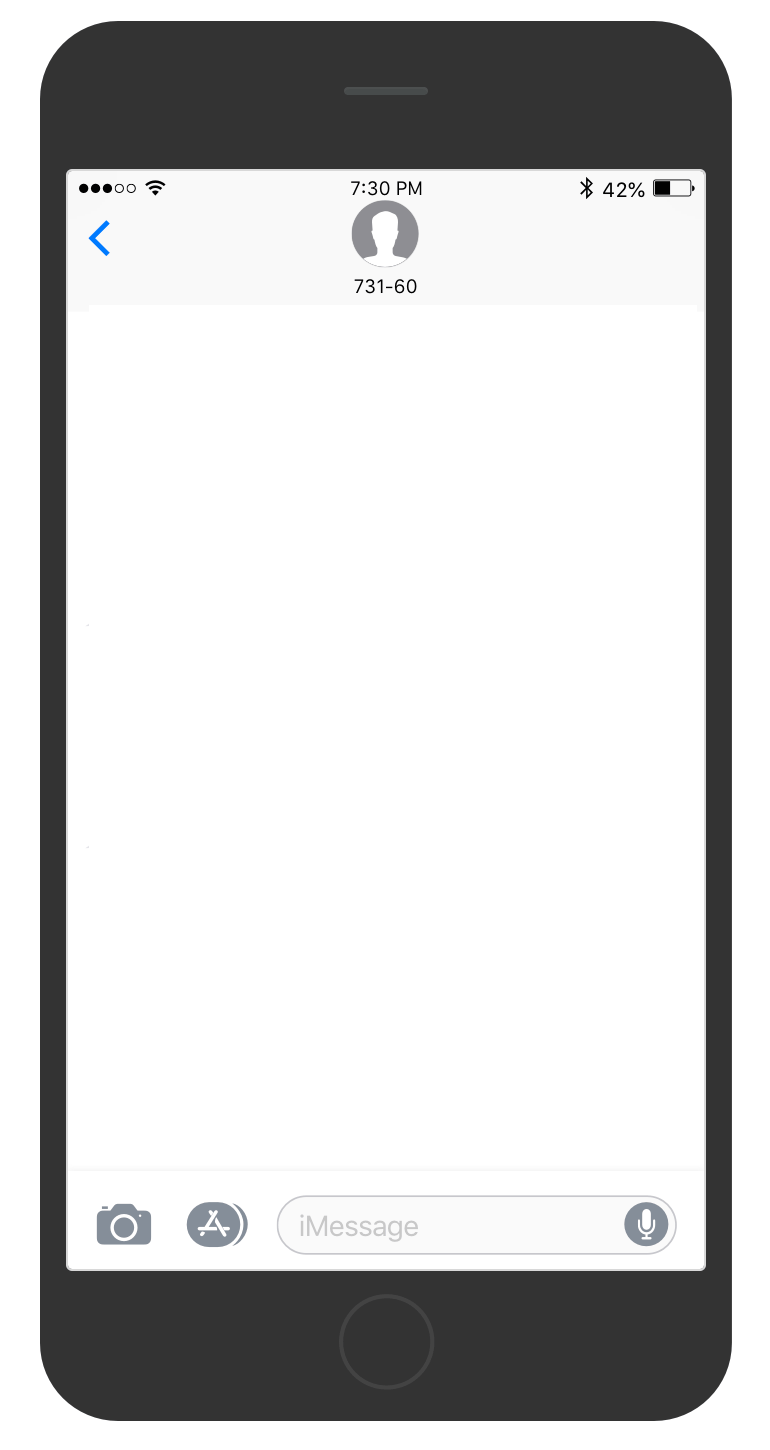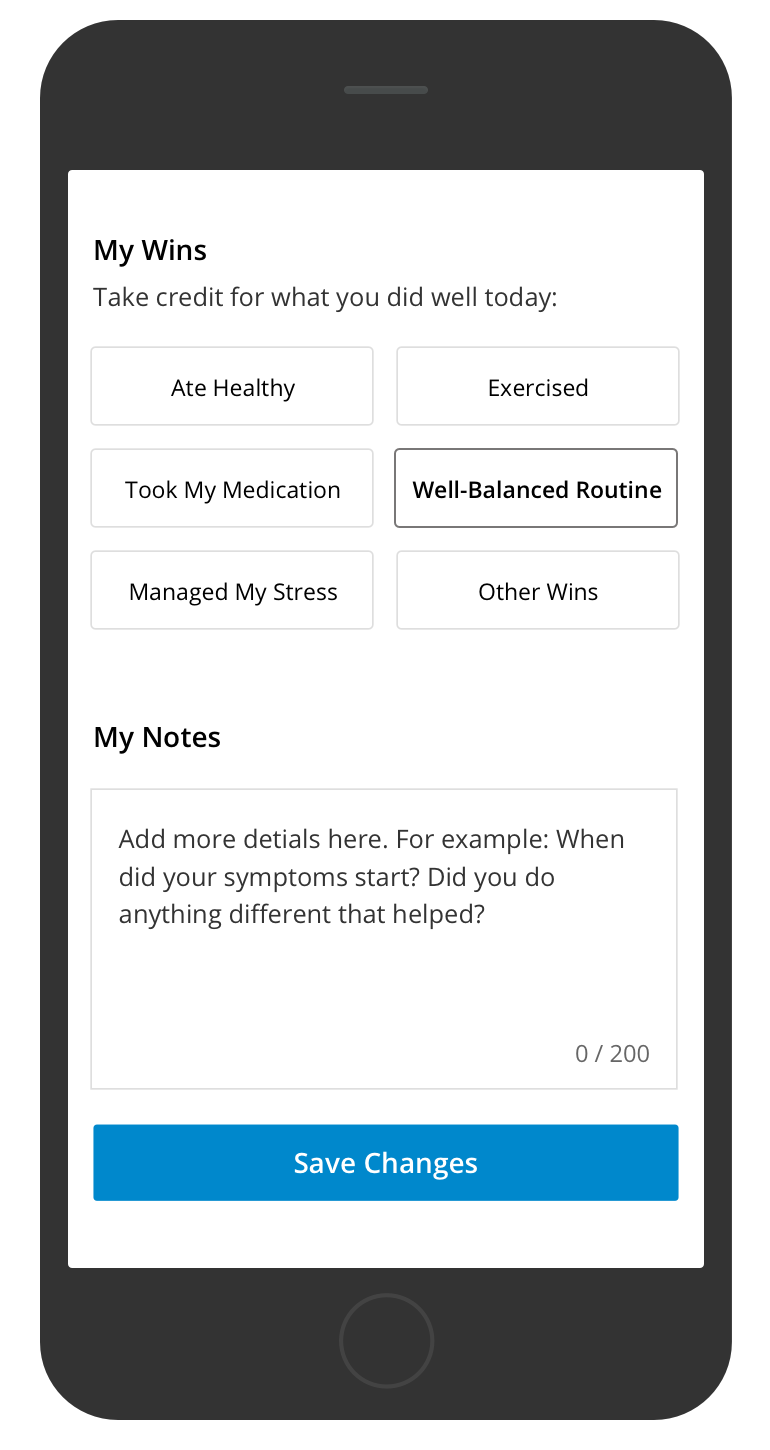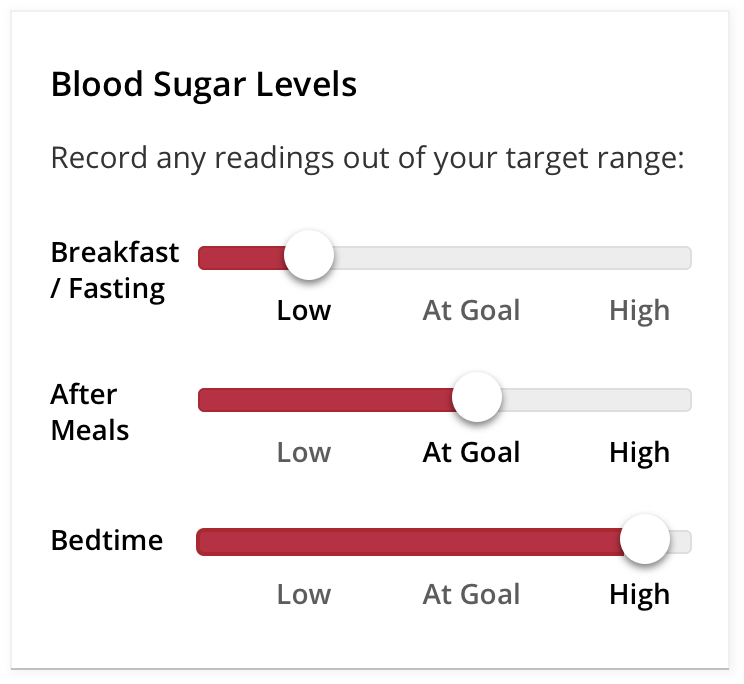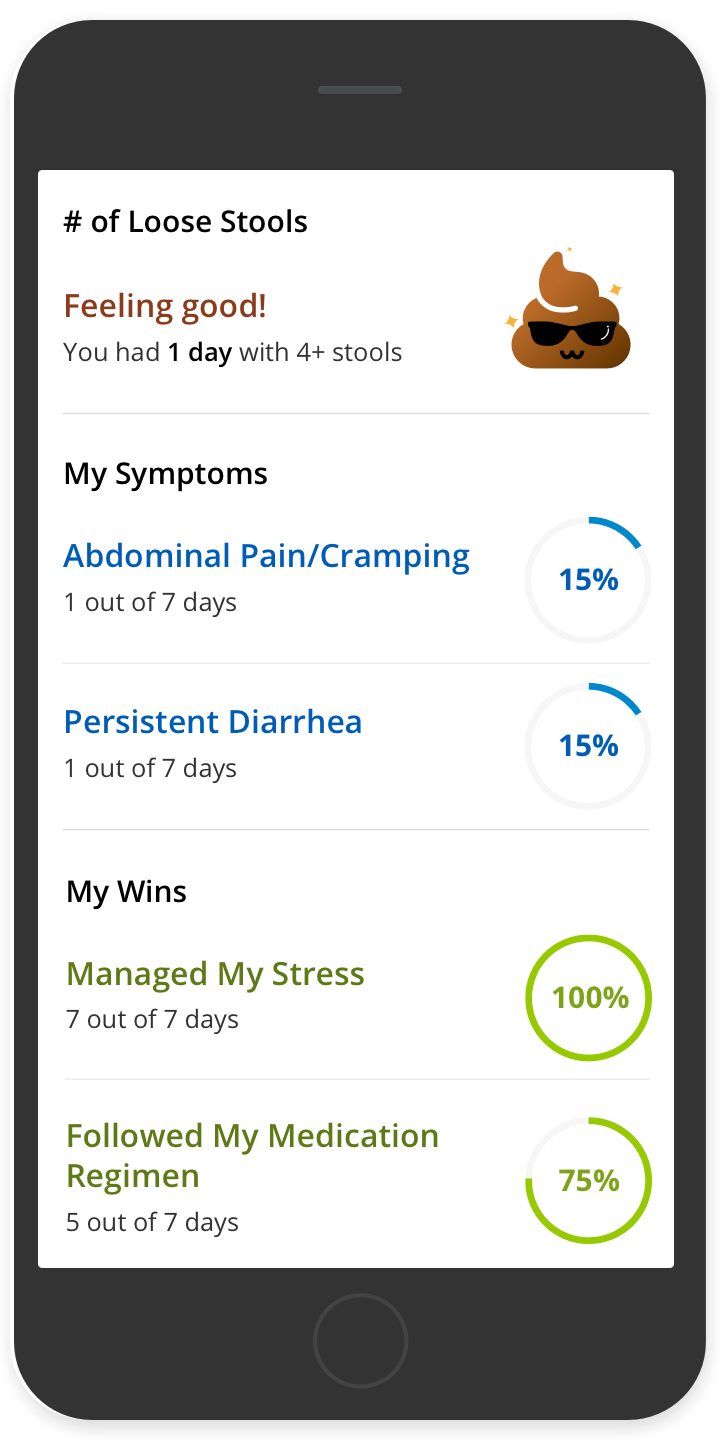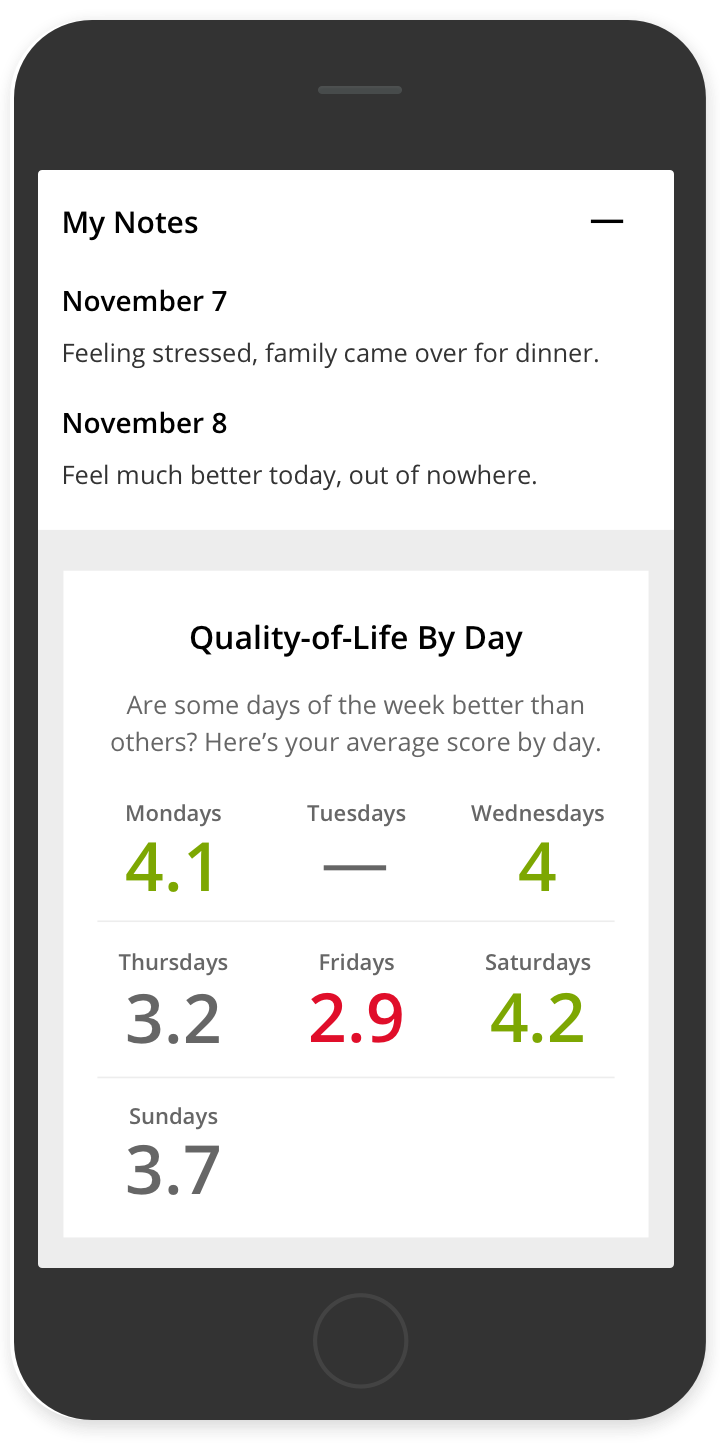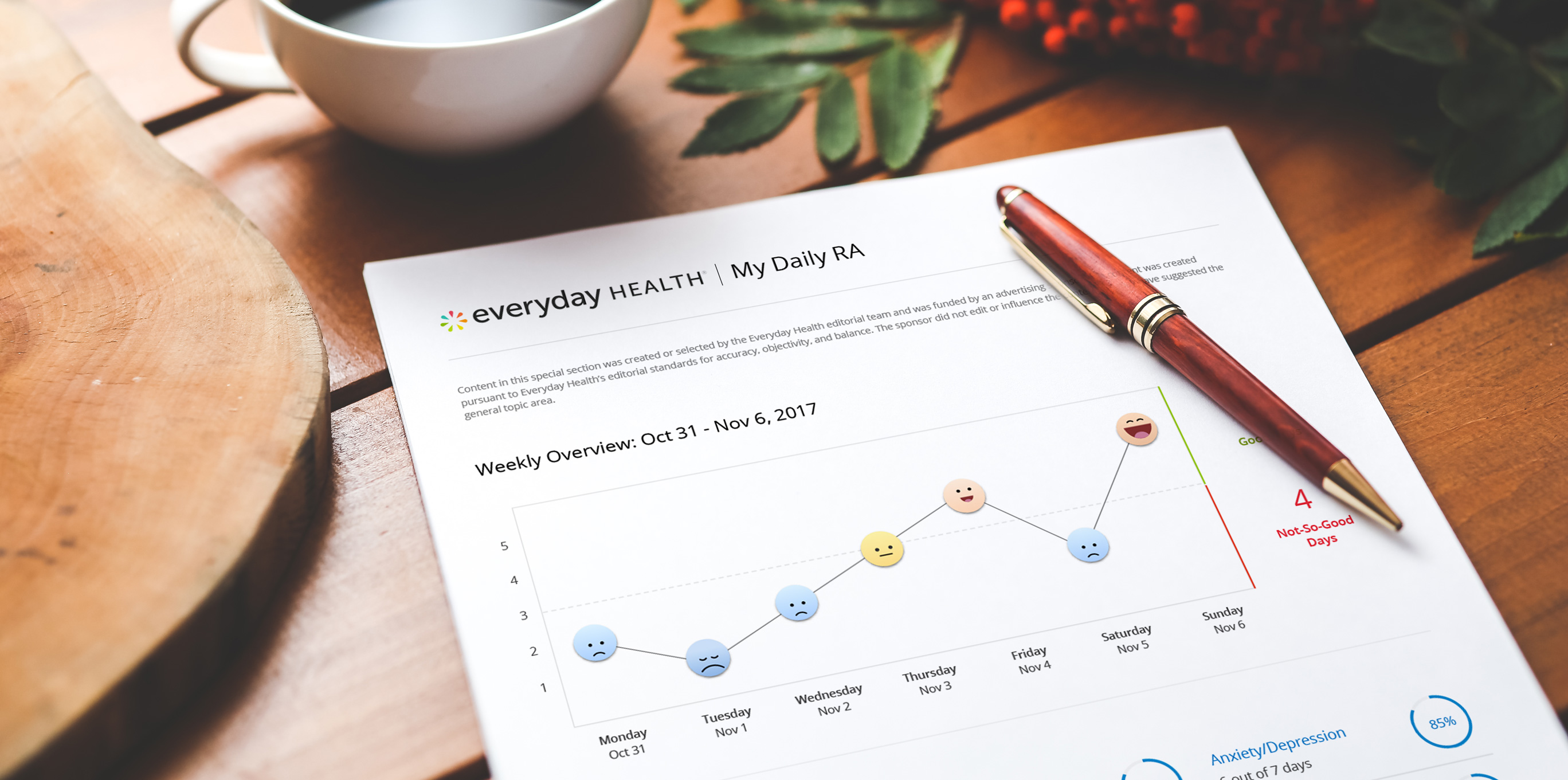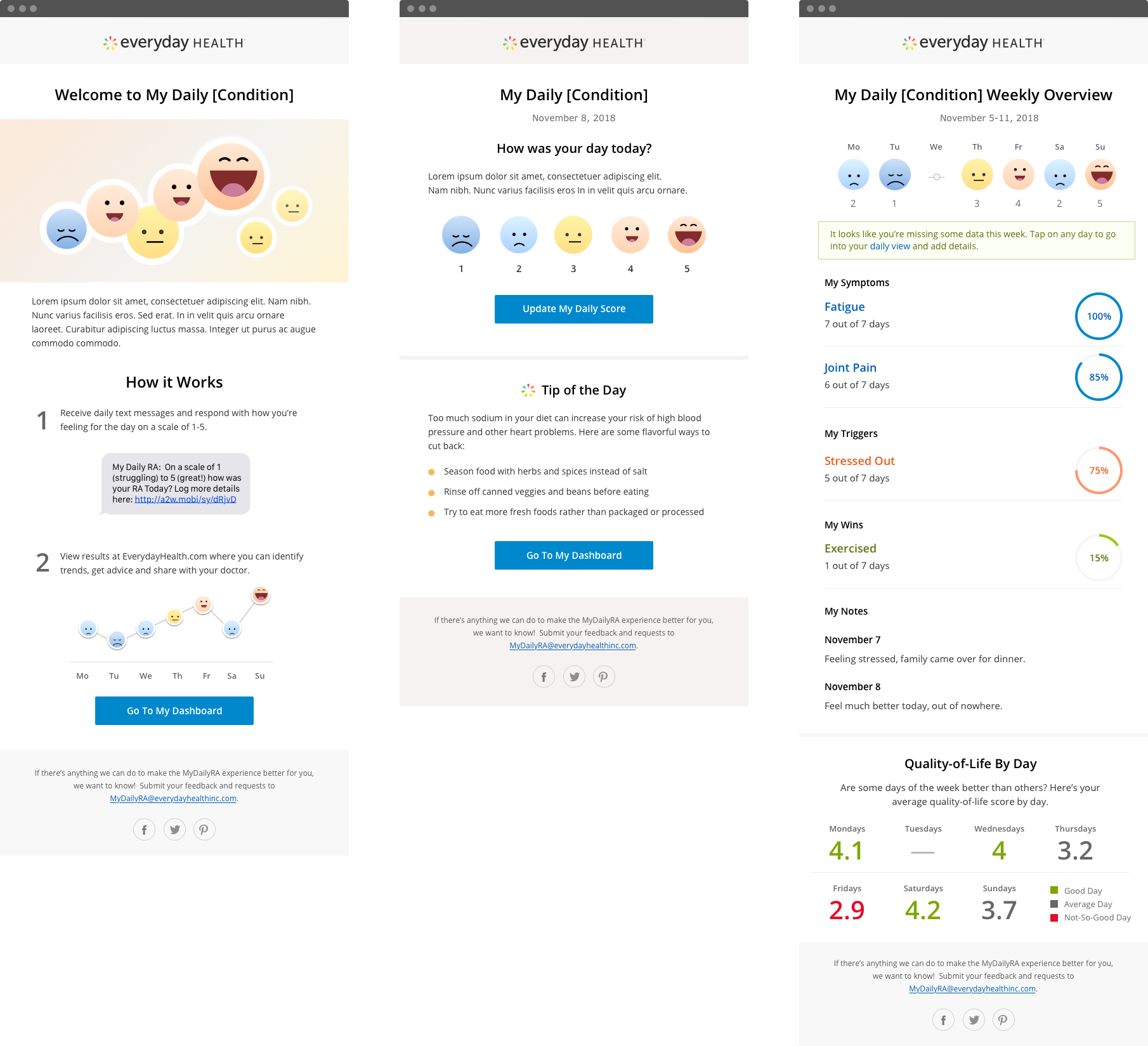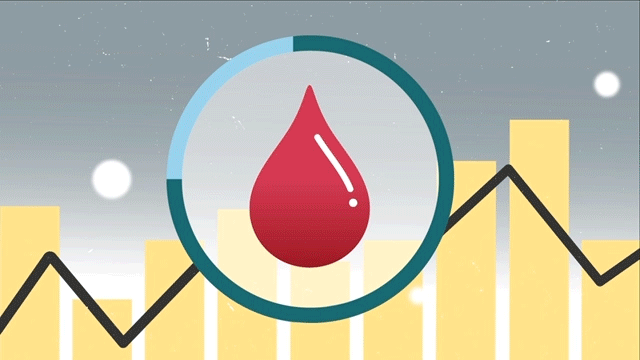My Daily Symptom Trackers 1.0
SMS trackers for chronic conditions that help patients visualize symptoms, identify flares and take control of their treatment plan

Product Design
UX & UI Design
Art Direction
Email Design
Text Messaging
Responsive Web
Email Marketing
2017
Christine Fitts, UX Research
Kemar Swaby, UX Designer
Carolyn Marconi, UX Designer
Katy Merlo, Product Manager
Maharsh Desai, Tech Lead
Linda Lieu, Back End
Viral Bhagat, Front End
Yuliya Knep, QA

